|
March 16th morning walk with Jeff Babson at Agua Caliente, we spotted a hummingbird nest, with a female Anna's Hummingbird sitting on the nest off and on, as well as tending to it. This nest matches the excellent description on the Cornell Lab of Ornithology site, "The female builds the nest out of plant down and spider webs, sitting in the nest and building the cup rim up around her. Nests take around a week to build and are 1 inch tall by 1.5 inches in diameter. They may be built of cattail, willow, leaves, thistle, or small feathers and bound together by spider webs or insect cocoons. They may decorate the outside with lichens, mosses, or even paint chips." Above we can see her tending to nest construction. Her choice of building materials allows the nest to expand as she lays her eggs and the chicks grow. This nest is no bigger than a golf ball, situated at a Y-shaped branch - tough to spot and equally difficult to find again once binoculars or camera is lowered! For photo geeks: The image directly below was captured on the 16th, handheld without flash. The image above was captured on the 21st, when I returned with tripod, gimbal mount, remote shutter release, and flash with a Better Beamer. Image above Canon 7D Mark II, Sigma 150-600 C series at 600 mm, ISO 200 1/125th at f/10, Canon Speedlite 580EX II with Better Beamer, output lowered 2 stops, on tripod. All images below handheld from the 16th. Lucy's Warbler Lucy's Warbler is one of the smaller warblers, wintering along western coastal Mexico and Central America, migrating north to Southern Arizona for breeding. They were spotted about a week ago in Tucson, having returned from their winter grounds. Below are three images from Agua Caliente last Thursday that shows the characteristic rufous crown and rump patch, and one image from March 10th at Catalina State Park that shows the bird in flight. The last is not the best, but it does show the characteristic markings of the male. Lucy's warbler is one of the few warblers that nest in holes. Their favorite sites are in mature (old) mesquite trees, but as these are cleared for development, their habitat is becoming more limited. Tucson Audubon is studying the use of nest boxes as a substitute for tree holes. For more information on nest boxes for desert birds see this link. Belted KingfisherThe Belted Kingfisher is a winter resident at Agua Caliente, but difficult to spot, rarely sits still, and (for me) difficult to photograph. This image was captured last week, just north of the pond near the ranch house. For great images of this distinctive bird, and a discussion of differences by sex and age, see Tom Grey's website. Cedar Waxwings in Tucson!Cedar Waxwings are visually spectacular songbirds that travel in flocks, seeking out fruit as well as insects. They live throughout North America in the winter, migrating to the northern U.S. and Canada for breeding in spring and summer. I last spotted them in Bend Oregon in December, see this post. My only other glimpse of them in Southern Arizona was last spring in Portal. So imagine my surprise when I walked out my front door in the Old Fort Lowell area earlier this month to find a flock of 50 to 100 warming themselves in the morning sun on a nearby tree. The image above shows the characteristic black and while facial coloration, the yellow tips on the tail feathers, and the bright red waxy tips on the secondary wing feather. Below is a good look at the tail feathers. Below a bird is stretching and preening, showing off the red tips of the secondaries on birds right side, left side of the image. Presumably the same flock was there the following day at dawn, not to return. I suspect they are moving north, looking for trees with fruit. Hawk Watch: A Southern Arizona Rite of Spring* |
AuthorHenry Johnson, photographer and author of this site. For more detail, see About
Categories
All
Archives
July 2024
|
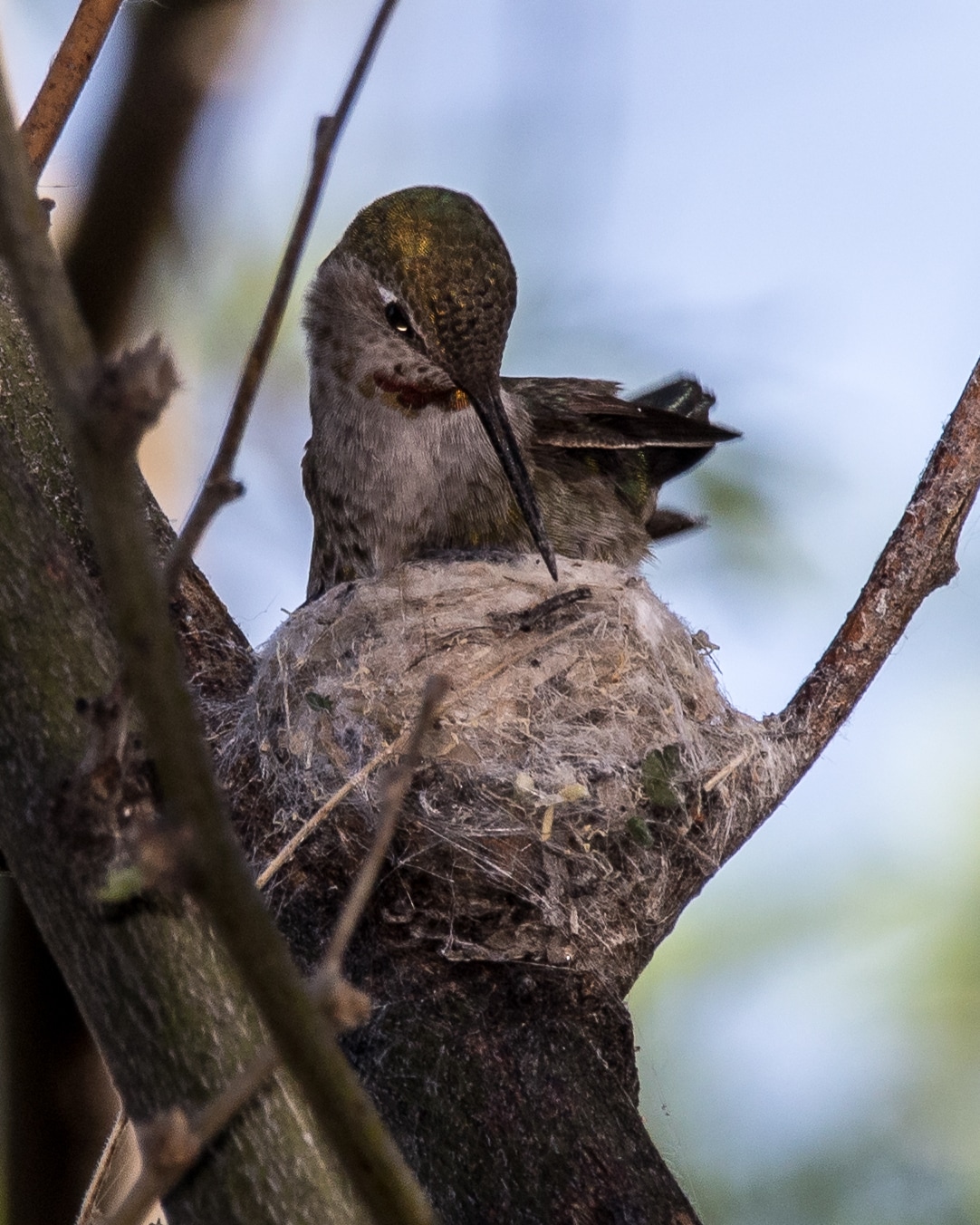
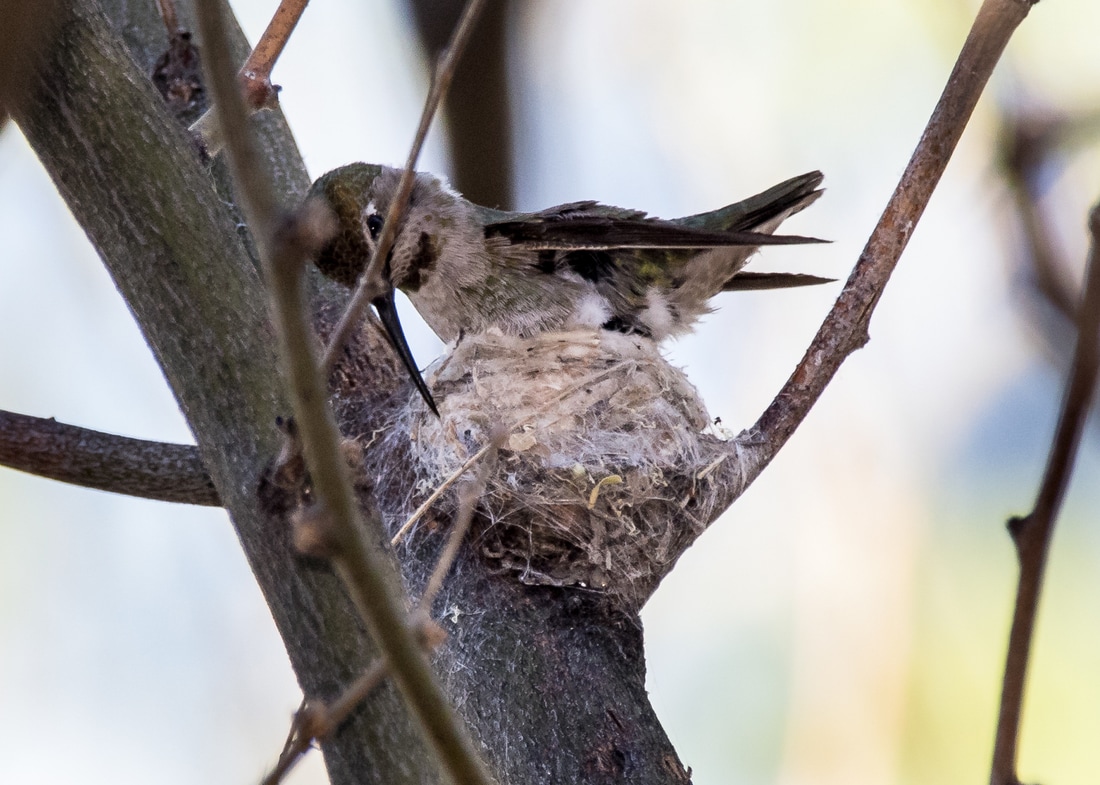
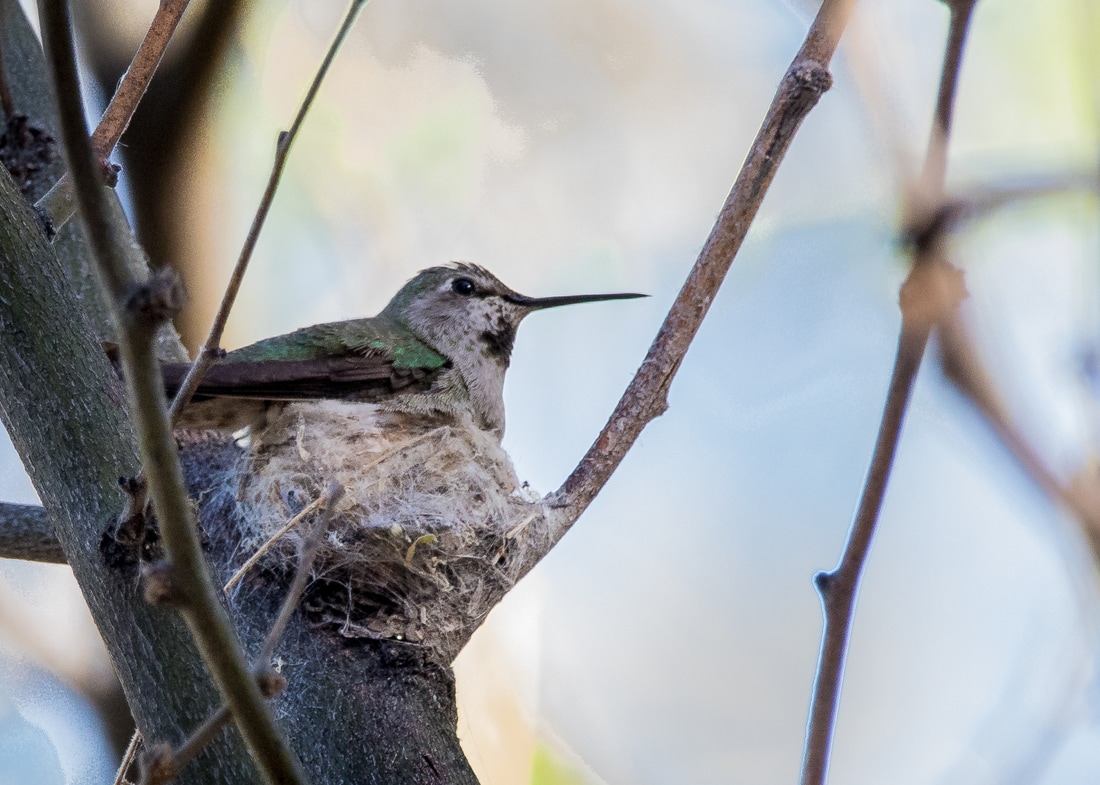
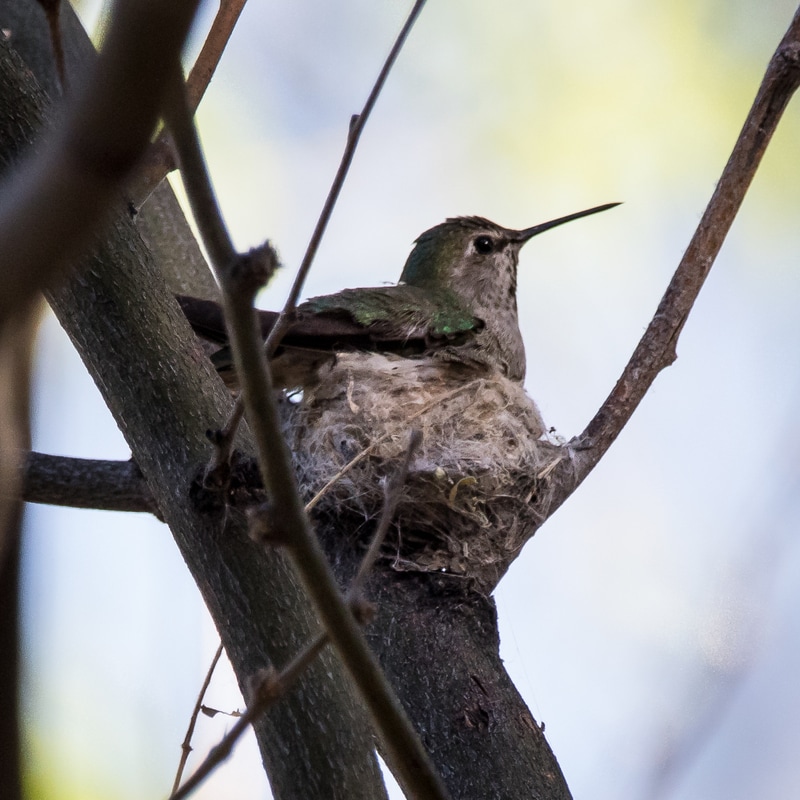
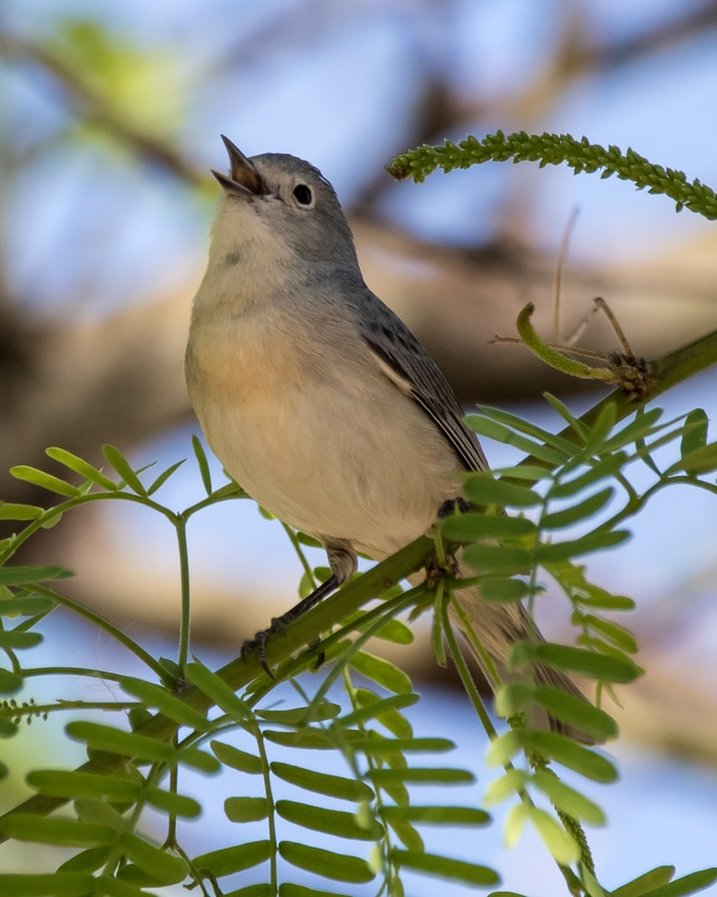
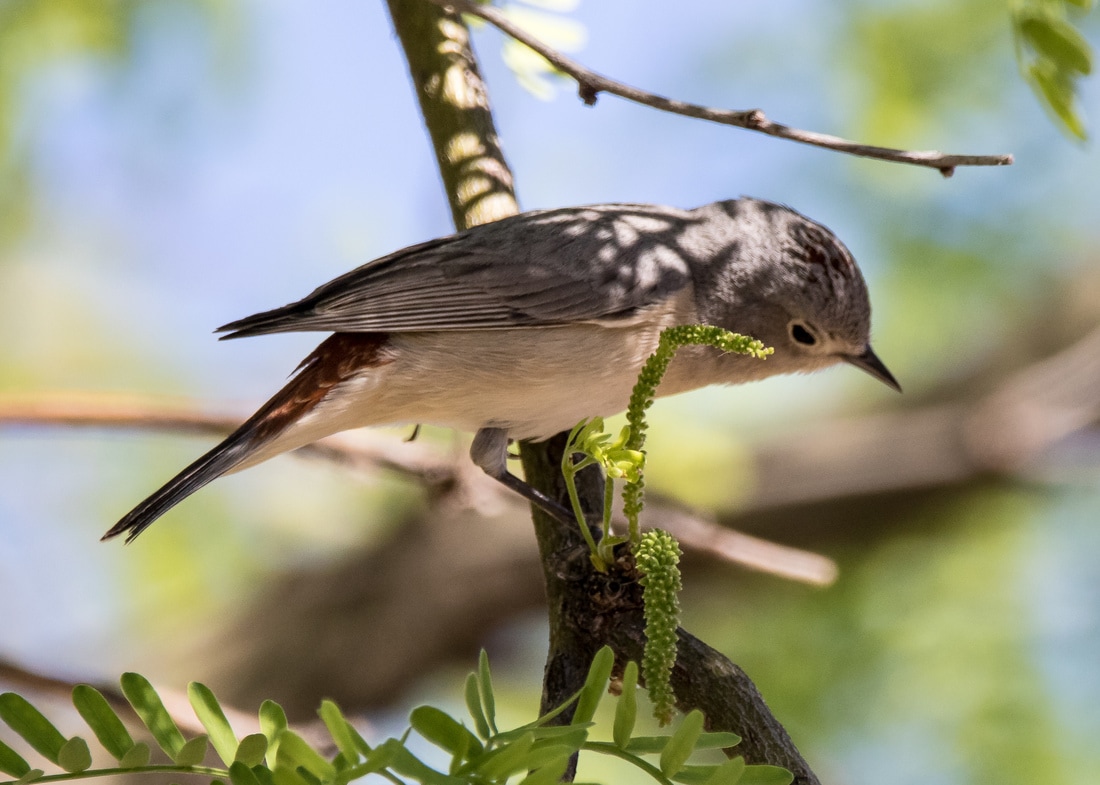
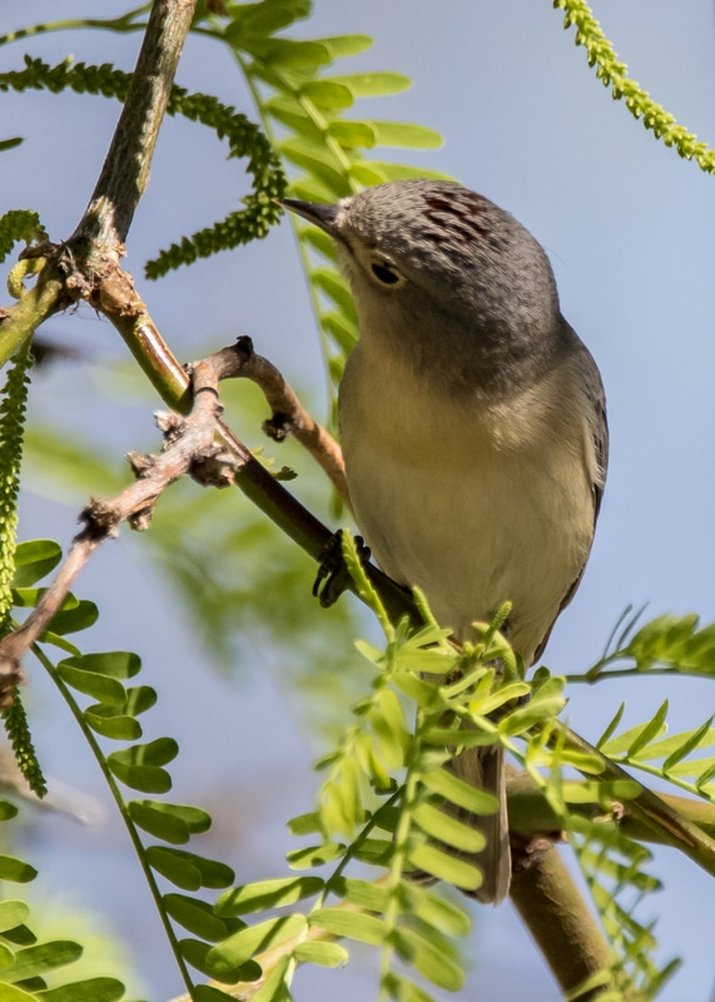
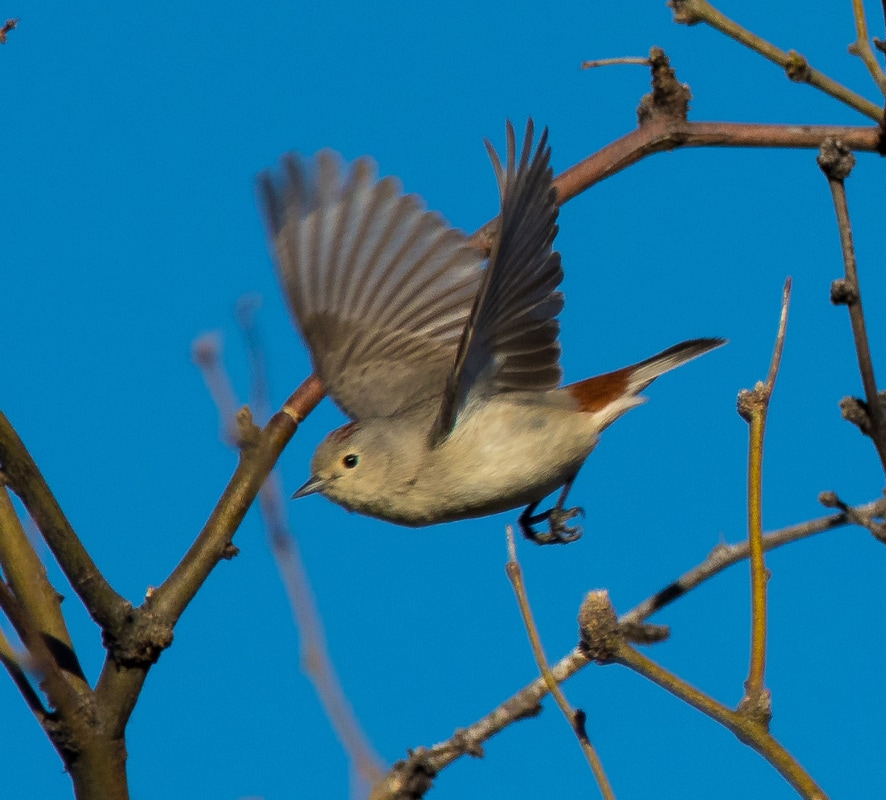
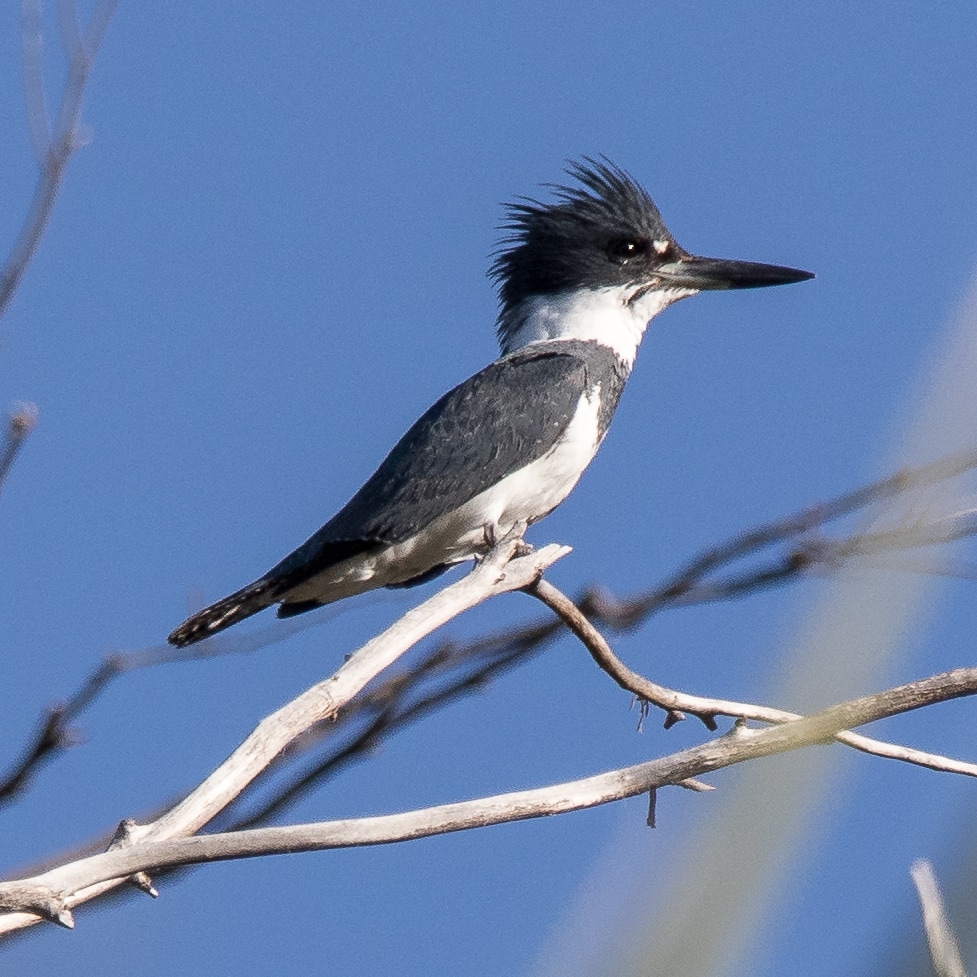
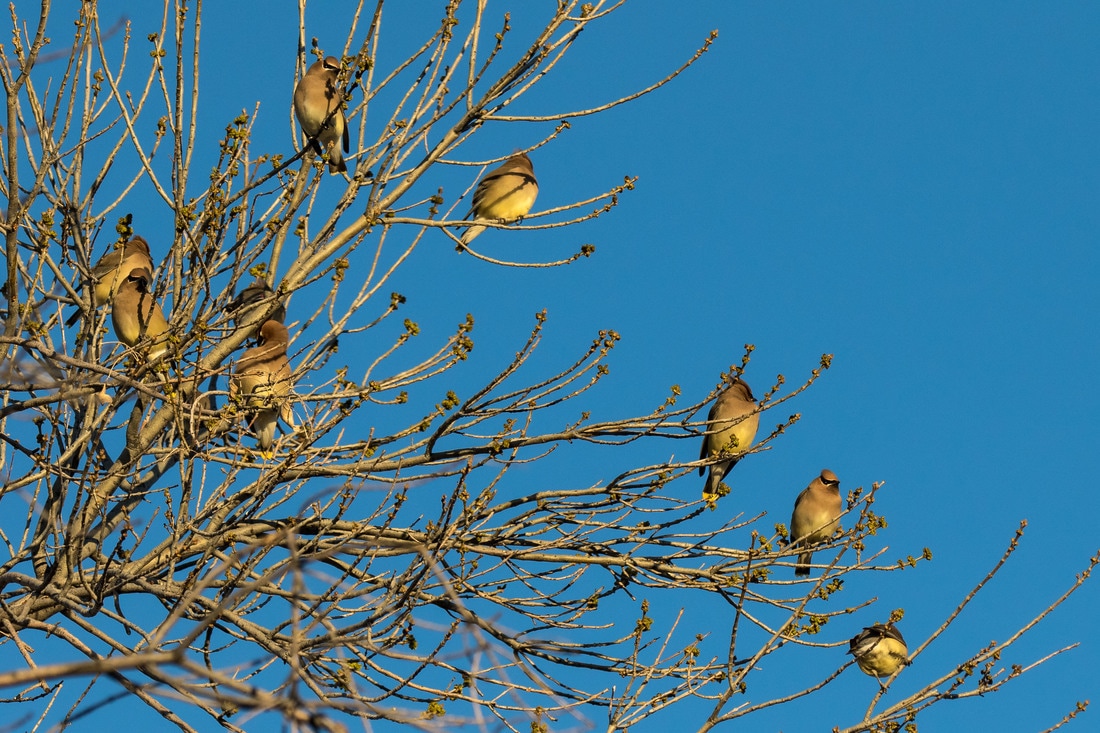
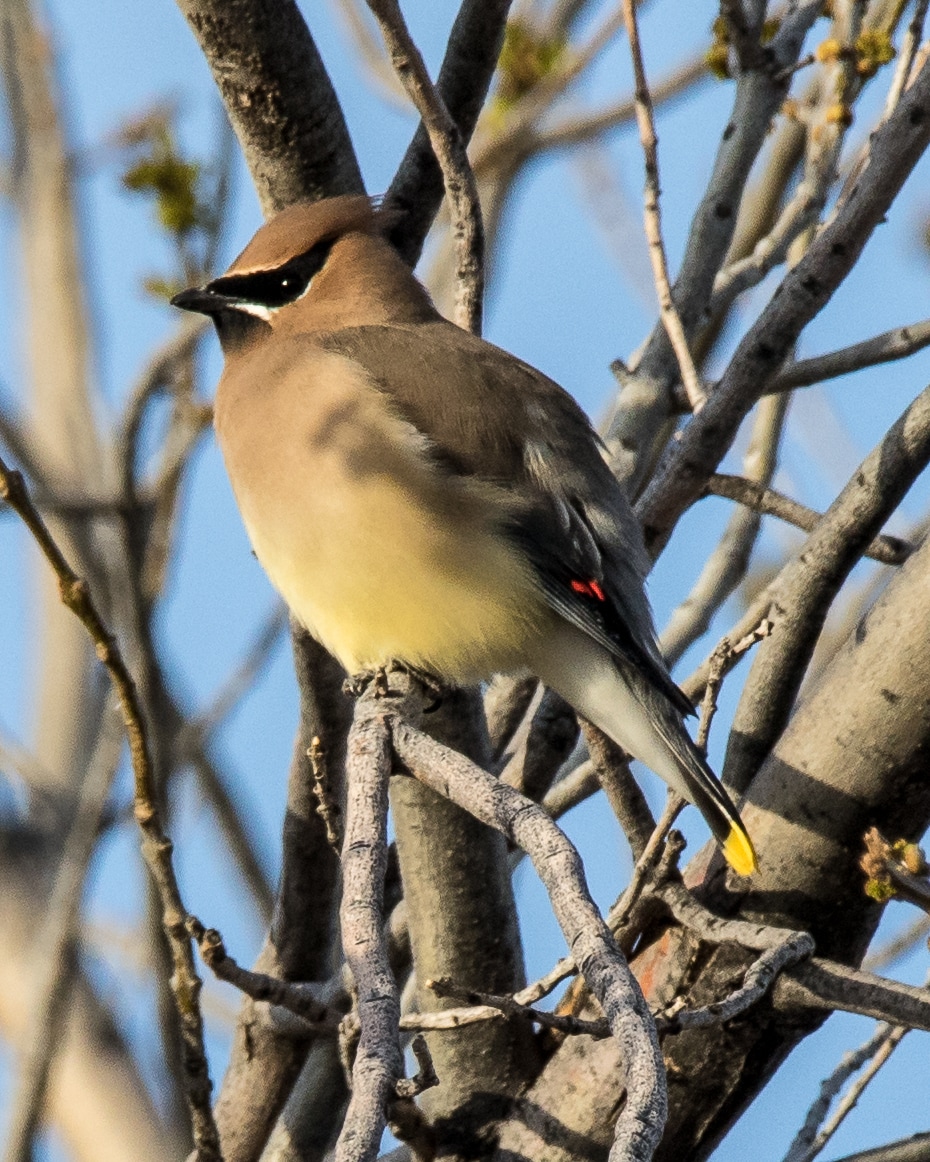
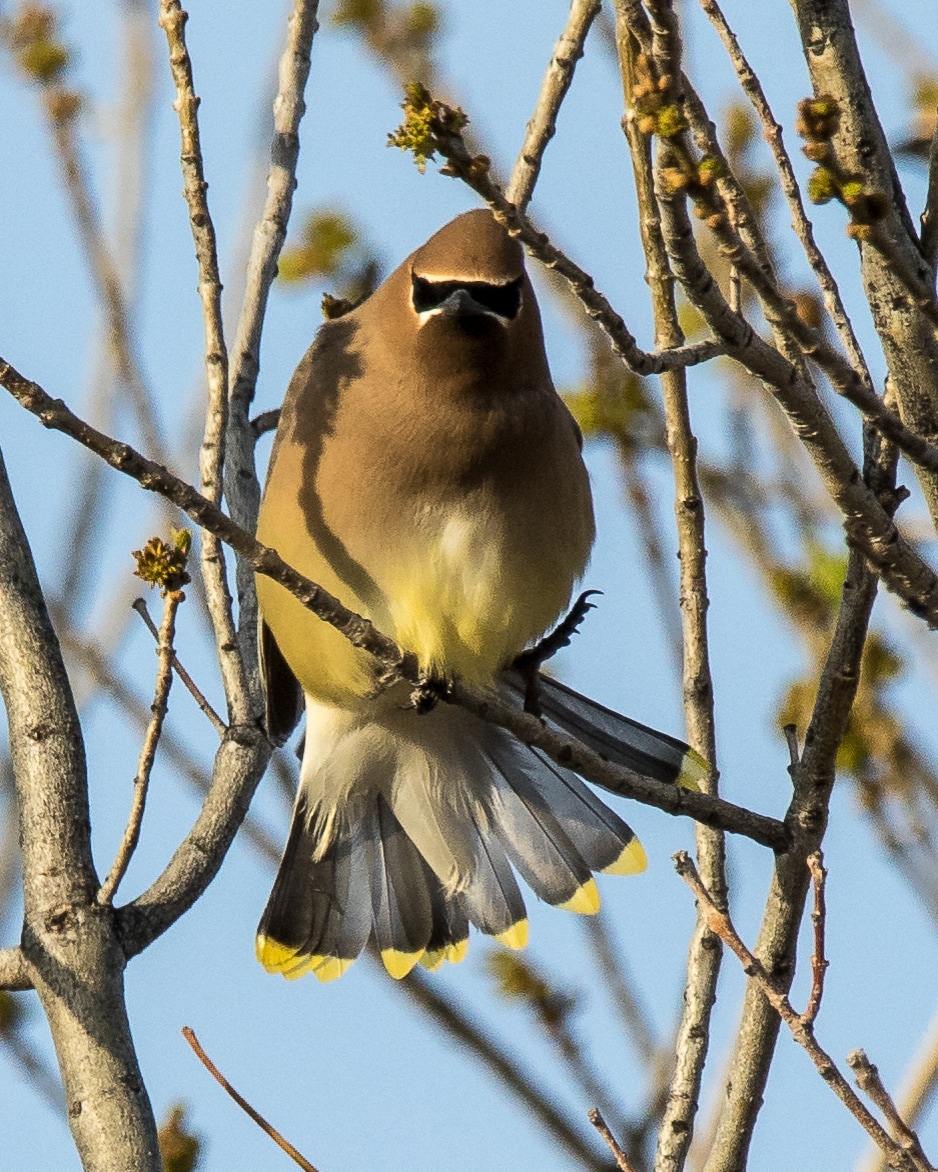
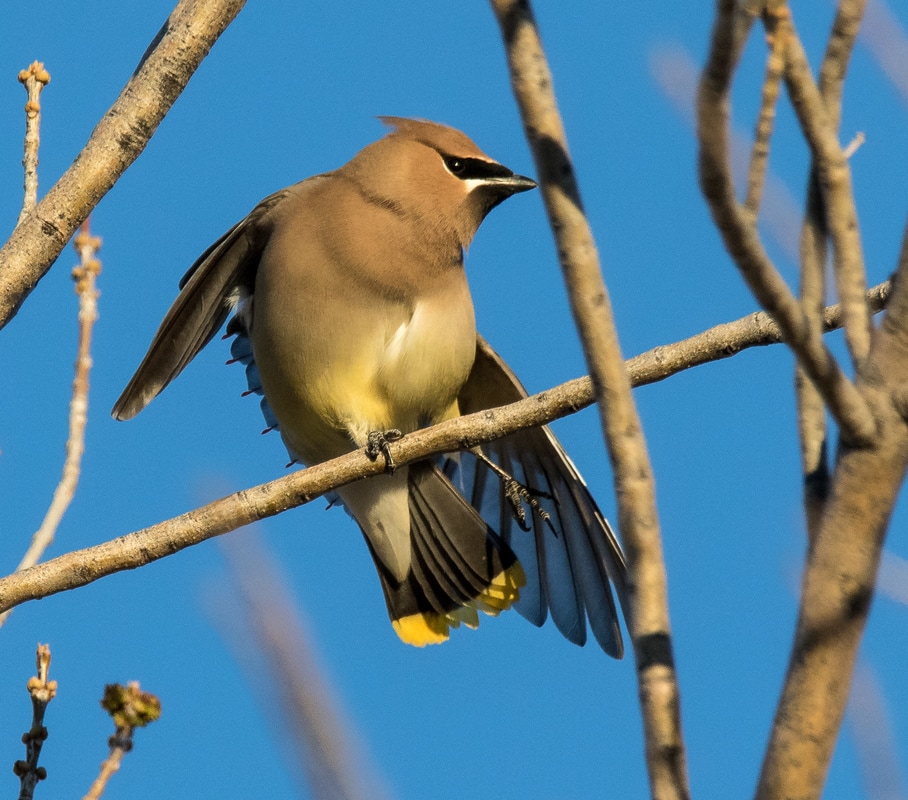
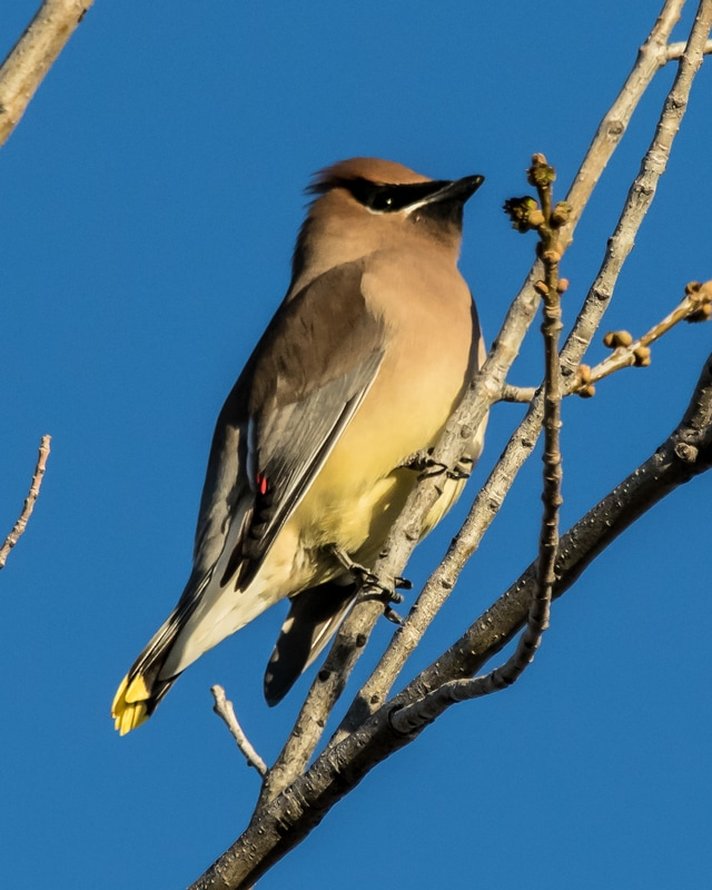
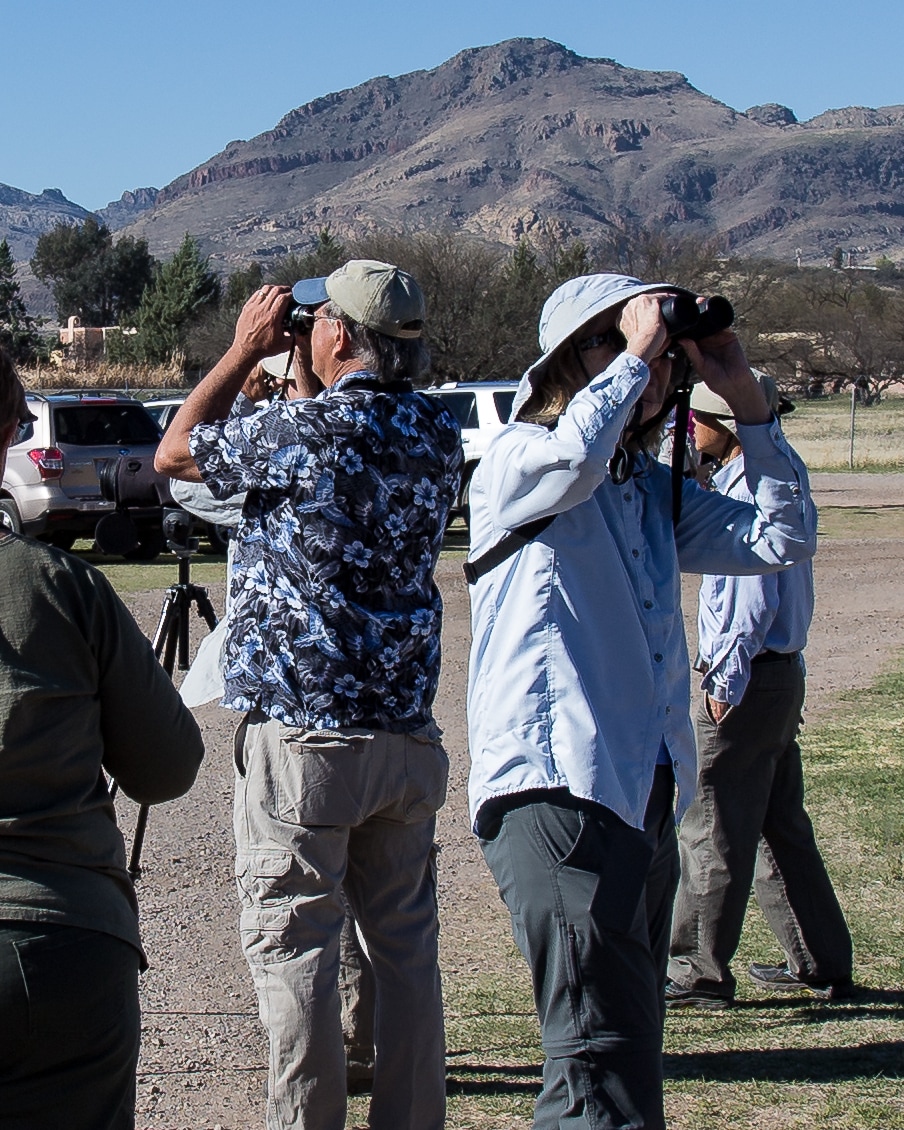
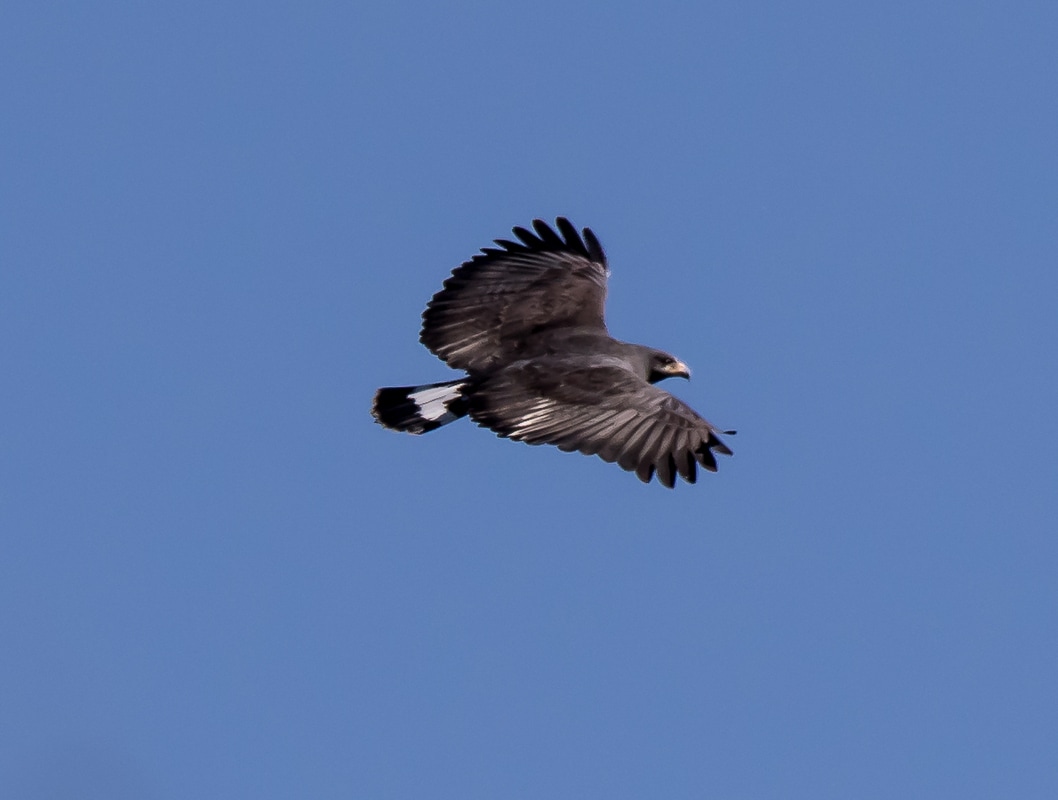
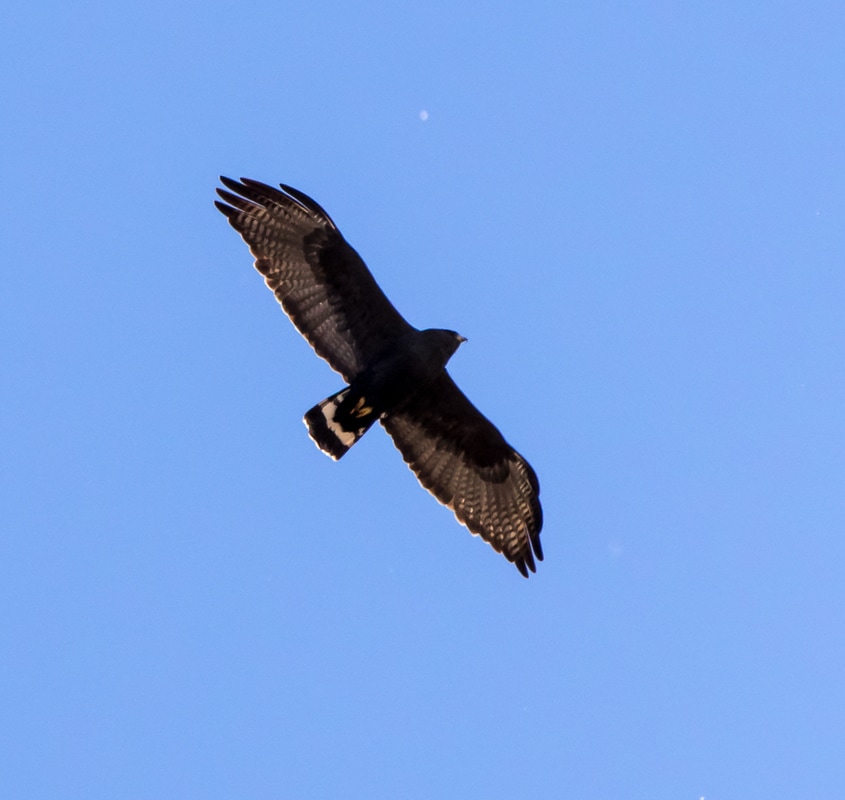
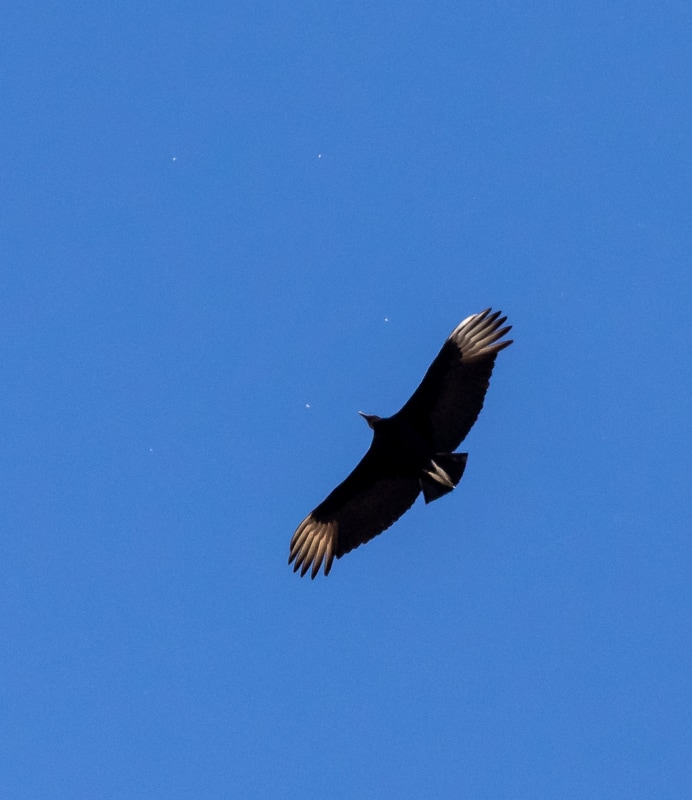
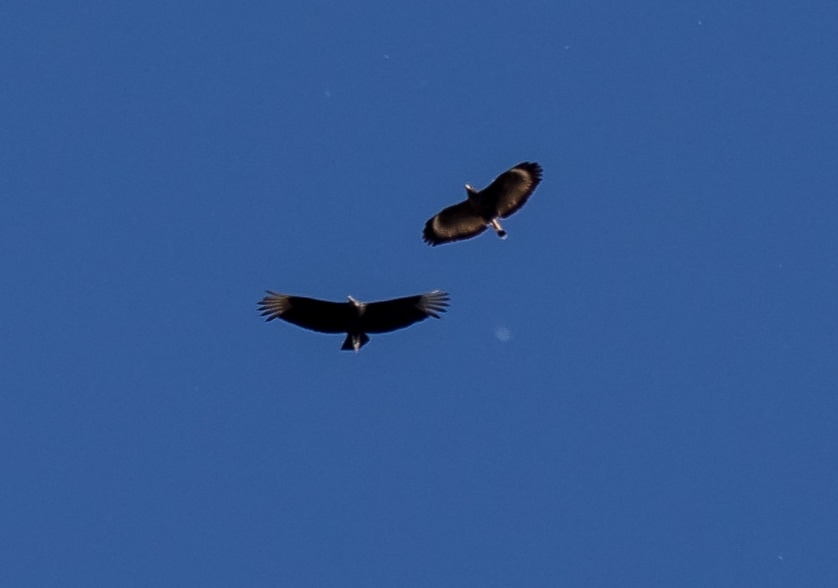
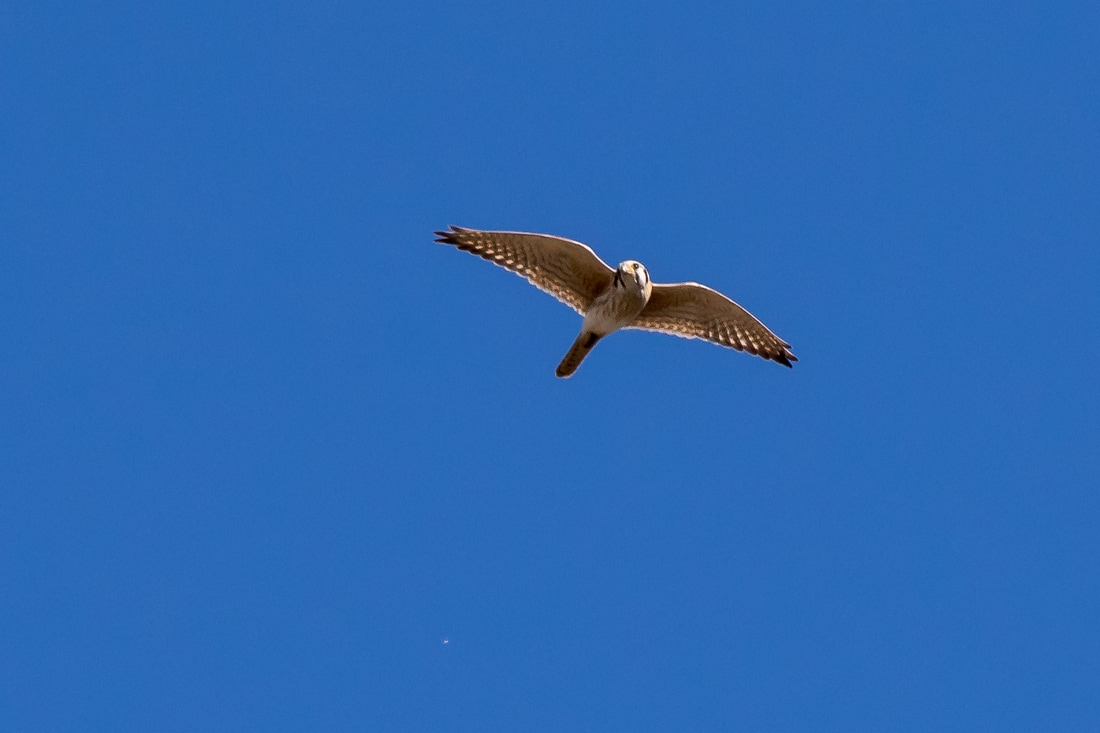
 RSS Feed
RSS Feed